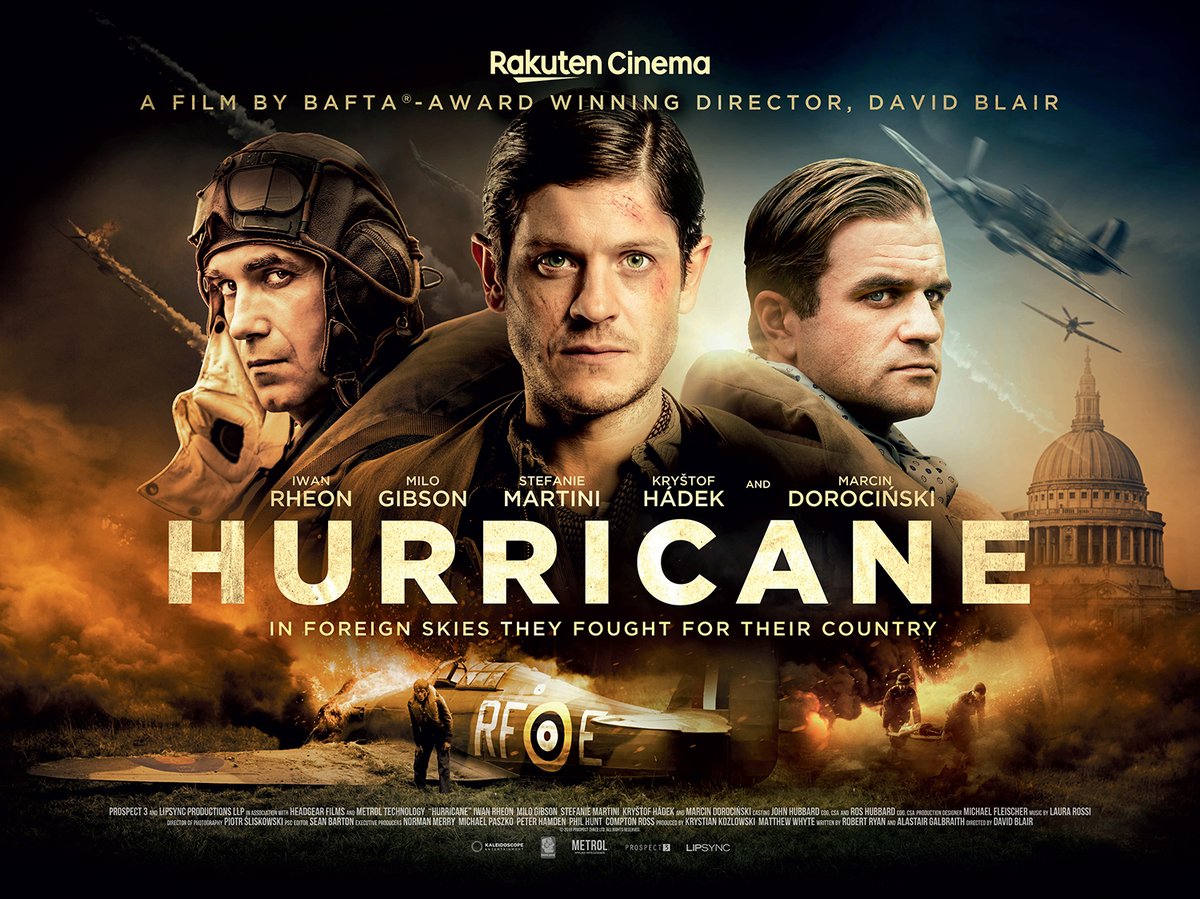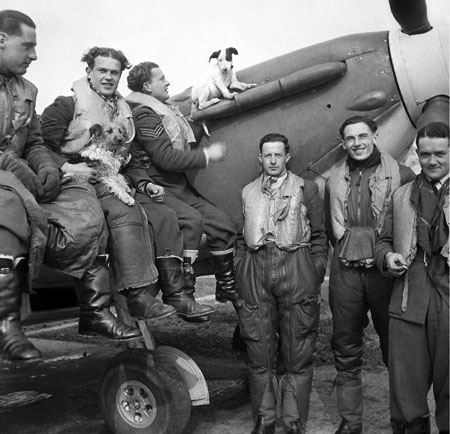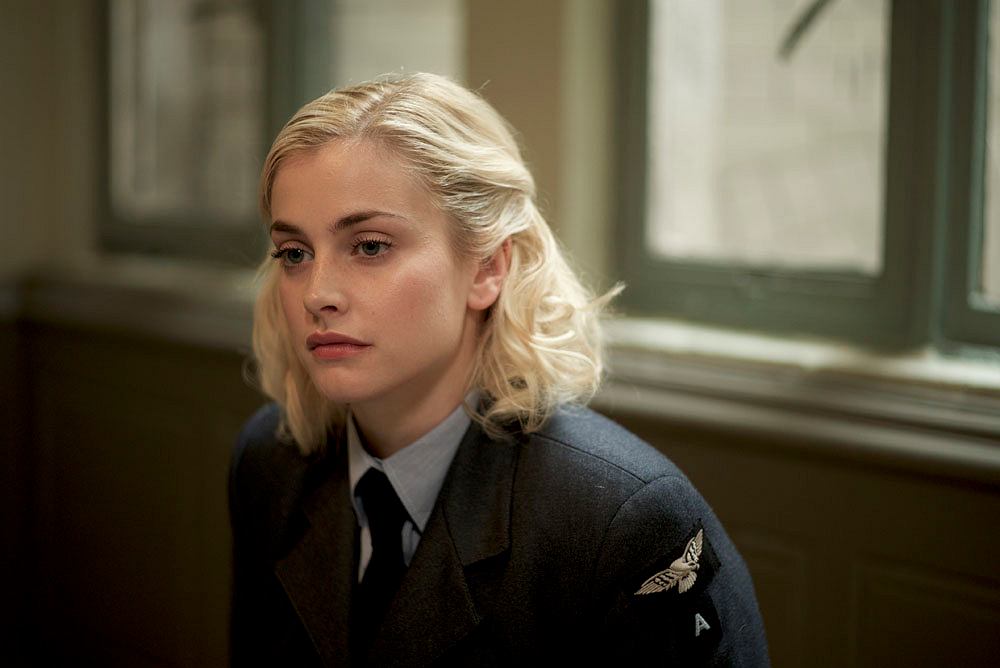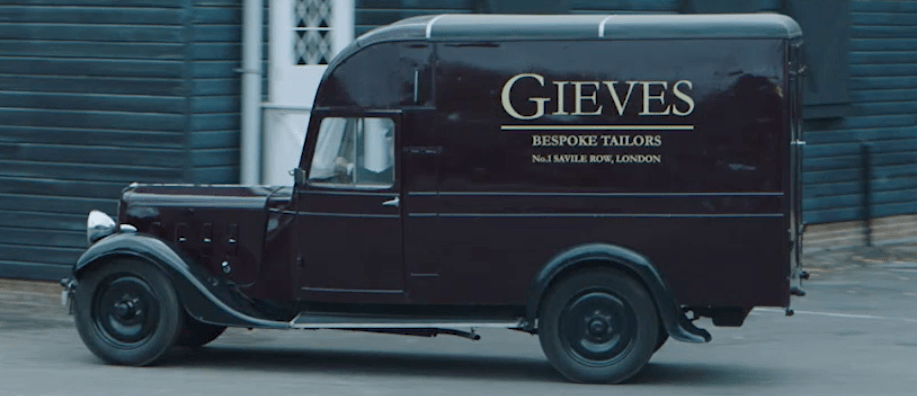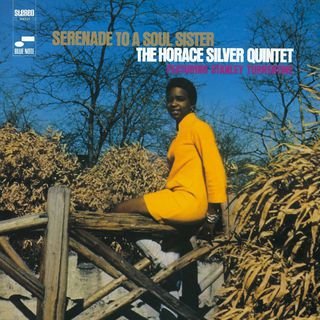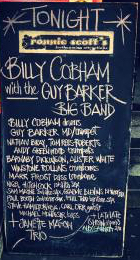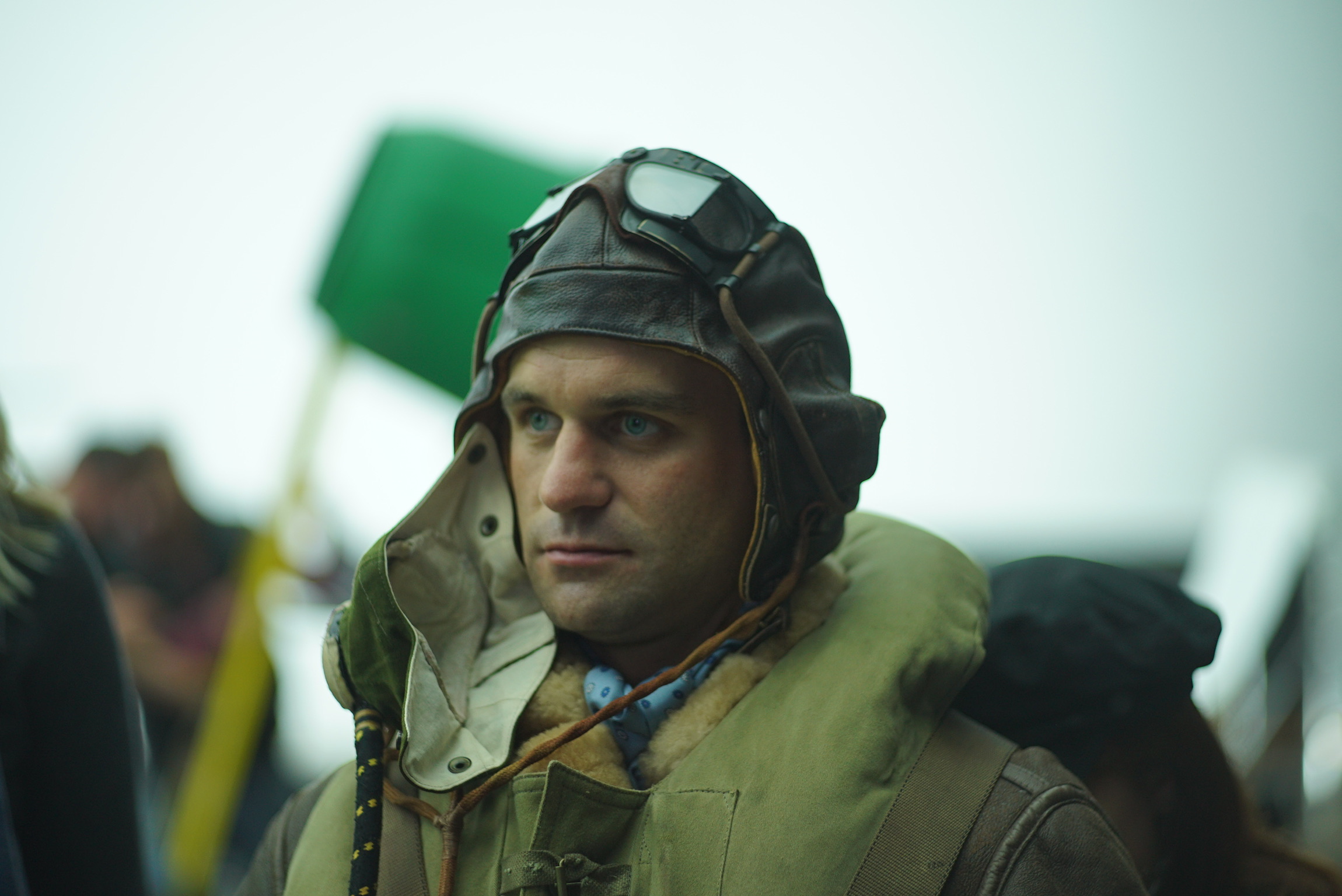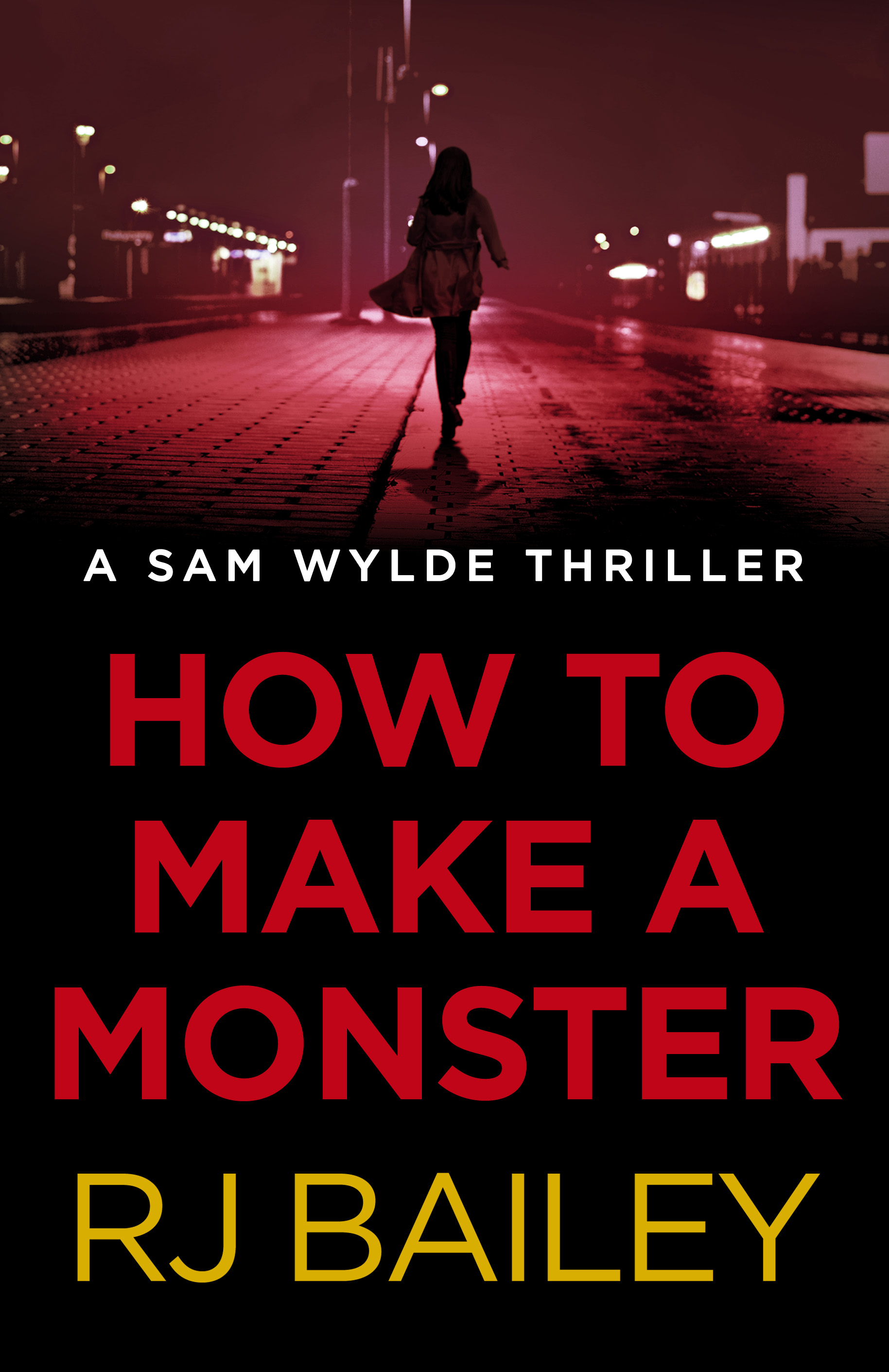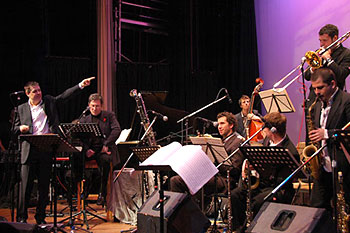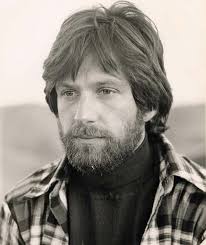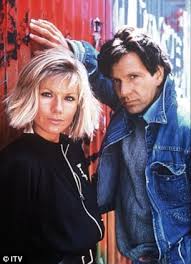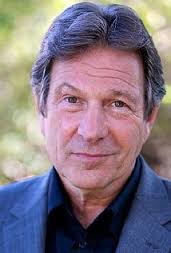“Don’t you dare spit in my masks!”
Arrendell Antoine’s stern command cracked out over the water like a verbal whip. There was a short pause before there came the collective gulp of five people swallowing their own saliva.
We were bobbing in Arrendell’s small boat, ready to slip into the soupy-warm sea just off the west coast of Grenada. When I had hired Arrendell at the small cove just around the headland, I had anticipated the usual Caribbean laissez-faire attitude to the whole business of snorkelling. Instead, it appeared I had rented the local Health & Safety Officer.
“Every mask and snorkel has been carefully disinfected,” he went on. “I don’t need you spitting in them.”
I smiled at my son. He didn’t smile back. “I’m not sure I can do this,” he said quietly.
“Do what?”
“Go in the water.”
Oh, great. Another hundred bucks up the spout.
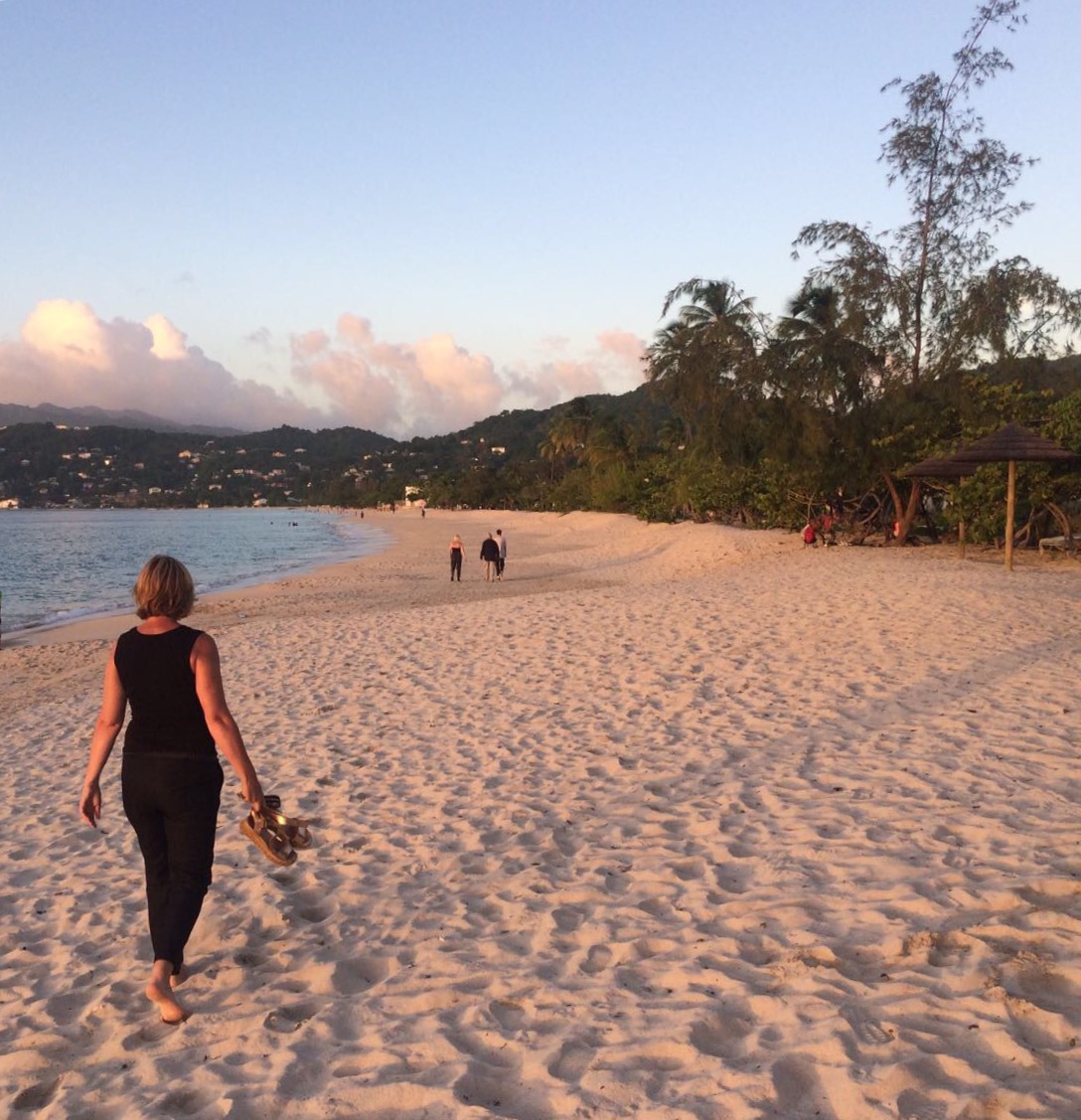
Another busy day on Grand Anse beach, Grenada
I don’t know when phobias became fashionable among young people, but they seem to be having a moment. My three children (now young adults I guess – well, all old enough to drink) pitched up earlier this year for the family holiday sporting one each. The middle child had developed a fear of flying; the eldest daughter had packed her kabourophobia – fear of crabs – which stemmed from being surrounded by snappy claws one night on a beach in Jamaica, and the lad had acquired a new-found thalassophobia, fear of the ocean, caused by an unspecified trauma while on holiday in Croatia.
So what better holiday to choose for those neuroses than Grenada, which involves a) a ten hour-plus flight that includes a double drop – i.e. an extra take off and landing as you call at another island; b) a beach where the crabs line the road, like some crustacean version of Alfred Hitchcock’s The Birds and c) a must-see attraction that involves snorkelling from a boat in open water. Something, I think you’ll agree, for everyone.
In fairness, this holiday was not meant to be an exercise in confronting fears, but one in democracy, as, in the annual family vote of where to go, a return trip to the Caribbean won hands down. And, adding a personal note to the verdict, Grenada was the only one of the region’s large islands I hadn’t visited, possibly because its chief selling point – the Spice Island – left me underwhelmed. I know where spices come from – the Continental Stores in NW5. And a little nutmeg, I find, goes a long way. I had no desire to succumb to endless plantation tours. But Grenada certainly had its advocates among my more well-travelled friends and as it was bound to have by default my favourite triple whammy – warm seas, white beaches and dark rum – I was sure there would be compensations, even if I did end up learning more about mace that I have ever wanted.
So, despite everything stacked against it, how did Grenada, by journey’s end, become the family’s favourite-ever Caribbean destination?
Well, it had a lot to do with the driving. Having braved the highways of St Lucia in the aftermath of a hurricane and crossed Jamaica’s mountains at night, if I have a Caribbean phobia, it’s the roads. But those on Grenada are in good nick, even if the signposting beyond the vicinity of the cute capital St George’s leaves something to be desired (at one point I was convinced the River Antoine rum distillery was the Grenadian equivalent of Brigadoon, although we found it eventually). And the standard of driving is good, apart from the local buses, which execute emergency stops to pick up/drop off passengers without warning – on roundabouts a speciality. And I am certain that without a car I wouldn’t have made it to La Sagesse Bay.

La Sagesse
This spot on the south coast is home to a single secluded hotel, which has a giant wooden verandah overlooking a perfect horseshoe of a bay, fringed with palms. True, the sand is not as white as Grand Anse, the most famous, and most touristed, beach of the island – La Sagesse’s sand is more demerara than caster – but it has the magical feel of a secret spot, albeit one with lunch and beers – and a shower – on tap. It is the sort of place you can while away the best part of a day doing very little.
The other reason to have a car is the island’s waterfalls. There seems to sort of primal urge among we tourists to hike to waterfalls and swim in their pools and there are plenty of opportunities to do so on Grenada, with Annandale Falls near St George’s being the most popular. But on days when a cruise ship or two is in town, both it and Concord Falls (actually three separate falls, the second, a 45-minute hike, worth the effort) do get overwhelmed and waterfalls are one of the few places you’ll get hustled, normally by a young man offering to dive into the pool from the cliff top for a few dollars. A car enables you to pick your time for a pool dip, outside peak cruise ship hours (either early or later in the day), although I can’t guarantee there won’t be some would-be daredevil skulking around.
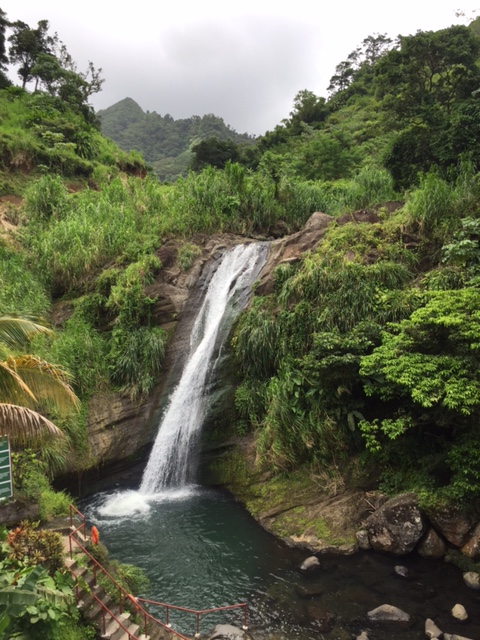
Concord Falls
For something less favoured by the cruisers, try Seven Sisters/St Margaret’s off the twisty roads in the heavily forested centre of the island. This series of cascades is a thirty-minute hike from the road, through bush, banana and bamboo (and, yes, nutmeg), across sometime slippery terrain, and you might want to hire a guide (we paid a local just under a fiver, which I thought a bargain for taking five not always sure-footed people, but apparently was over-the-odds). They might not be the most spectacular falls you’ll see in terms of height, but they are very pretty, rarely as crowded as the others and the pools are large and satisfyingly, buttock-clenchingly cold when you take a dip.
Talking of money, there is no escaping the fact that our jittery pound has meant prices, with the East Caribbean Dollar tied to the US Dollar, can seem somewhat punitive when you have five people in tow (“That’s an expensive crew you haul around with you,” one restaurant manager said to me, far from helpfully). We were staying in a villa at the smart, Mediterranean-like Mount Cinnamon on Grand Anse Bay that came with cooking facilities, which proved a budgeting boon. There is a half-decent supermarket a short walk down a crab-hole-lined road and cooking one meal most days helped keep the final bill down. That and avoiding the high-end restaurants such as La Luna and the Beach House, which are best suited to couples anyway.
Mount Cinnamon also features Savvy’s, one of the best beach bars on the island, on an uncrowded section of sand, with good and reasonably priced lunchtime food, as well as kayaks, paddleboards and Hobie Cats for guests. One of the mysteries of Grenada, however, is why so many places retreat from the water’s edge come sundown – Savvy’s, the Aquarium restaurant and The Calabash all wind down their excellent beach bars at twilight and shift the action to more formal areas. Mount Cinnamon only really utilises Savvy’s after dark once a week, on Fridays, when there is a beach barbecue and bonfire.
Which is why this family often found itself walking home along Grand Anse after dark from Coconuts or Umbrellas bar/restaurants (which is, unlike some other Caribbean beaches I could name, a perfectly safe thing to do). Umbrellas in particular is a great place to people watch, catering to a rich mix of locals, holidaymakers and expats and serving the most lethal triple-rum cocktails: more a karate chop than a mere punch. Those midnight walks, incidentally, finally helped cure my oldest daughter’s kabourophobia. A couple of Umbrella’s drink specials and crabs hold no fear: you wouldn’t feel the pinch anyway.
That still left the challenge of open water and us bobbing about in Arrendell’s boat over the island’s premier aquatic attraction: the Underwater Sculpture Park.
The swish way to reach this collection of sunken statues is by using Savvy’s Sailing Adventures (sailingsavvy.com), which utilises a sleek, traditional sloop to take you from St George’s, round the headland to Mollinaire Bay where the seafloor sculptures are located. The drawback is that there is a six-person minimum charge at sixty-five US dollars a pop for a half day, which made a bill of £300 (that does include juices, beers, snacks and rum) for five.
So the car came in handy again. We drove to Dragon Bay, a few miles north of St George’s, and negotiated a deal with Arrendell Antoine for an hour-long trip/snorkel to the site, which is in the next bay south. We settled on a hundred US (about £77) for the five of us, including masks and snorkel hire. Not the cheapest of options, perhaps, but Arrendell turned out to be highly professional – not only did he assiduously disinfect his masks, he had third party insurance and gave a rigourous safety briefing. He is also chairman of the association that looks after those displaced from the Marine Protected Area – he used to be a spear-fisherman before it was banned.
Sensing my son’s nervousness, Arrendell slipped into the water first and helped him in, making sure the mask was fitted correctly and that he was relaxed before allowing him to look down. It is fair to say once you see the Anthony Gormley-like figures with their sparkling encrustation of coral and attendant fish, any anxiety is replaced by wonder. In truth they are in fairly shallow water and you don’t have to be brave to kick down and swim among these artificial reefs.
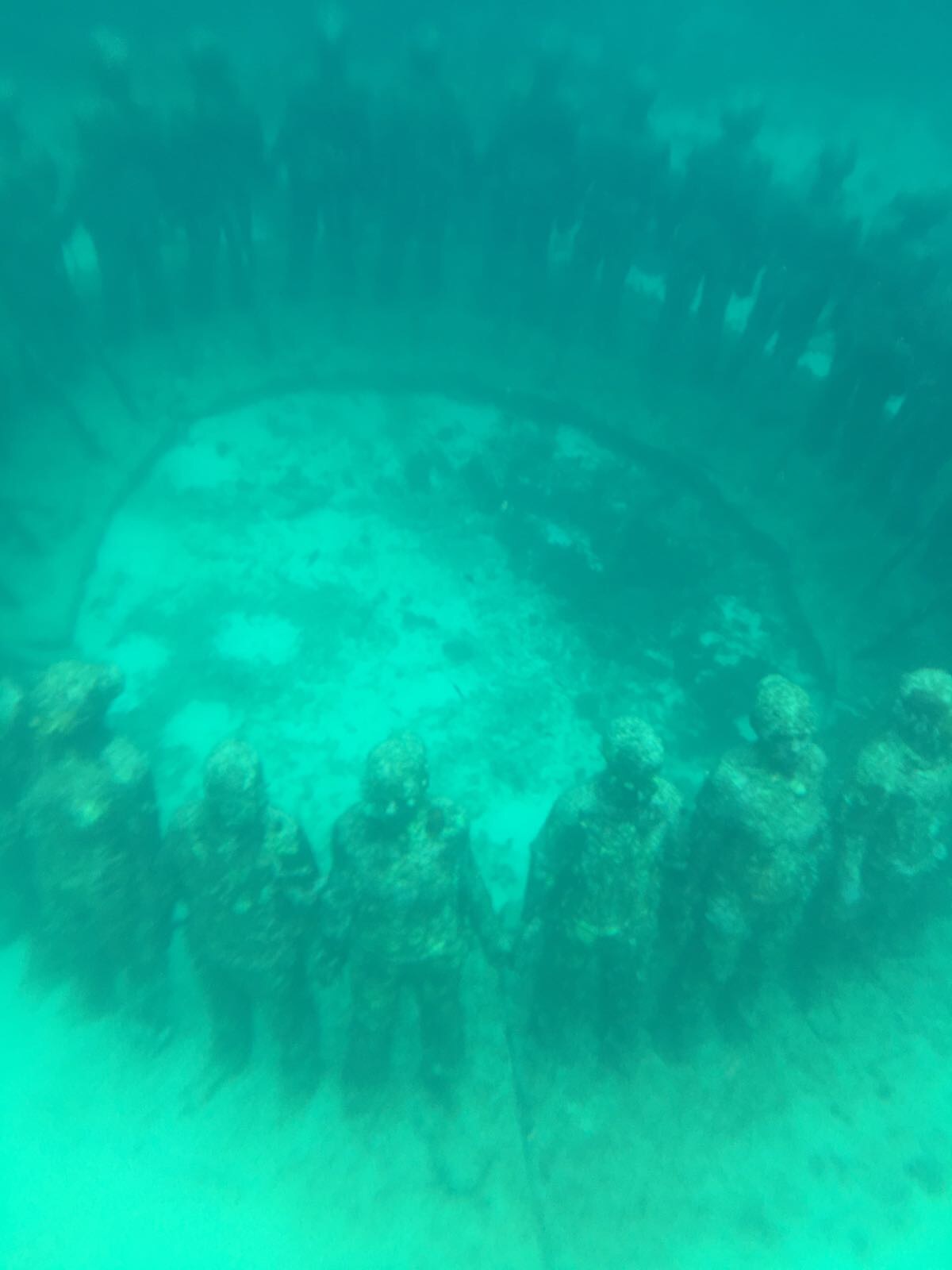
The most famous of the sculptures is Vicissitudes, a ring of youthful figures (all cast from local children) holding hands that manages to be both charming and creepy at the same time, although perhaps not as much as People Lying In The Sand, sixteen female forms on the seabed, all cast from the same Grenadian woman, looking freshly poleaxed. I was drawn to The Lost Correspondent, a lone figure working at his typewriter, studiously oblivious to the colourful shoals trying to distract him from his work. I can’t imagine why.
All the above, and many others, are by British artist Jason deCaires Taylor, who originated the park in 2006, but it is still being added to (and, where need be, repaired), with works such as The Ameridindian Petroglyphs, fourteen concrete sculptures based on carvings on the island, and the arms-raised-to-heaven Christ Of The Deep, both by local Troy Lewis.
The Sculpture Park was, without doubt, a highlight of the trip, although we found ourselves wondering on the flight home quite why we had enjoyed Grenada so much. I decided that our competition between the major Caribbean islands was a little like a heptathlon, with Grenada the athlete that might not win gold at every event, but will score consistently enough to take the medal overall. So St Lucia might have more rugged topography, Jamaica the gold-medal nightlife, Barbados better top-end dining, Antigua a larger tally of classic beaches, but Grenada does more than well enough in every category to stand on top of the podium. It is the best all-rounder of the Caribbean. And I still don’t know how they grow all that nutmeg.
DETAILS
Just Grenada (01373 814214, justgrenada.co.uk) has seven nights in one of the new Mount Cinnamon Suites from £1,395 per person, including flights, transfers and full breakfast each day. These new suites don’t have cooking facilities: a week in a Hacienda suite with kitchen is from £1,695pp. It also has a week at the tucked-away La Sagesse is from £995pp, including flights and transfers. Car hire and excursions through Caribbean Horizons (001 473 444 1550, caribbeanhorizons.com).






